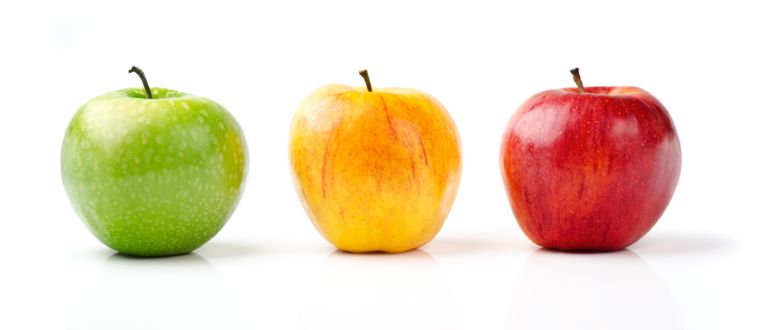So, here is how education is supposed to work...
- The teacher teaches something.
- The student learns it.
- The teacher verifies that it has been learned.
Step #3 (above) is a very important step. In the art of teaching, the actual "teaching" part is (indeed) only a part of what we do. The far more important part is ensuring that learning is taking place. If students aren't learning anything, then (one might say) we are not really teaching. (Maybe we are just "presenting".)
Sometimes we think that learning has taken place when it hasn't taken place. Students nod their heads and smile and don't seem to have any questions; and it "looks like" they are understanding. But unless our teachers are also psychics and are able to actually know what their students are thinking; some form of assessment is necessary for teachers and students (and parents) to verify that the "learning" really happened. (After all, the goal of education isn't to get grades; the goal is to learn.)
 Outside of education, when people think about "assessment", they usually think about tests such as "Chapter Tests" and "Final Exams". But educators know that there are many, many different ways to assess student understanding. In fact, our best teachers incorporate some form of assessment into every lesson that they plan everyday. This makes sense because how can a teacher know how or when to move on to the next topic unless they know how well their students understood the last topic?
Outside of education, when people think about "assessment", they usually think about tests such as "Chapter Tests" and "Final Exams". But educators know that there are many, many different ways to assess student understanding. In fact, our best teachers incorporate some form of assessment into every lesson that they plan everyday. This makes sense because how can a teacher know how or when to move on to the next topic unless they know how well their students understood the last topic?
Assessment should be a part of every lesson. It can take many varied forms. Here is a list of ways to assess student understanding in the classroom from David Wees:
- 3 Things
- List 3 things that a fellow student might misunderstand about the topic
- Venn Diagram
- Have students compare and contrast a topic using a Venn diagram
- Write it down
- Have students write down an explanation of what they understand.
- My Favorite No
- Students complete a math problem and write their solution on an index card. The teacher selects his/her favorite wrong answer and analyzes it with the class.
- Doodle It
- Have students draw what they understand rather then writing it.
- Chalkboard Splash
- Numerous students respond to a prompt/question on the chalkboard or whiteboard at the same time
- and 50 more to found here
These many and varied forms of assessment could be graded or not graded. But all of these assessments have the purpose of providing the teacher (and student) information about how well the students are learning. Instead of assessment "of" learning, these include assessment "for" learning.
So, How much assessment is too much assessment? Assessment should take place frequently. Some sort of assessment should occur with every lesson taught. And we do this, the traditional, formal, summative assessments (like chapter tests) won't be such a big deal.

No comments:
Post a Comment